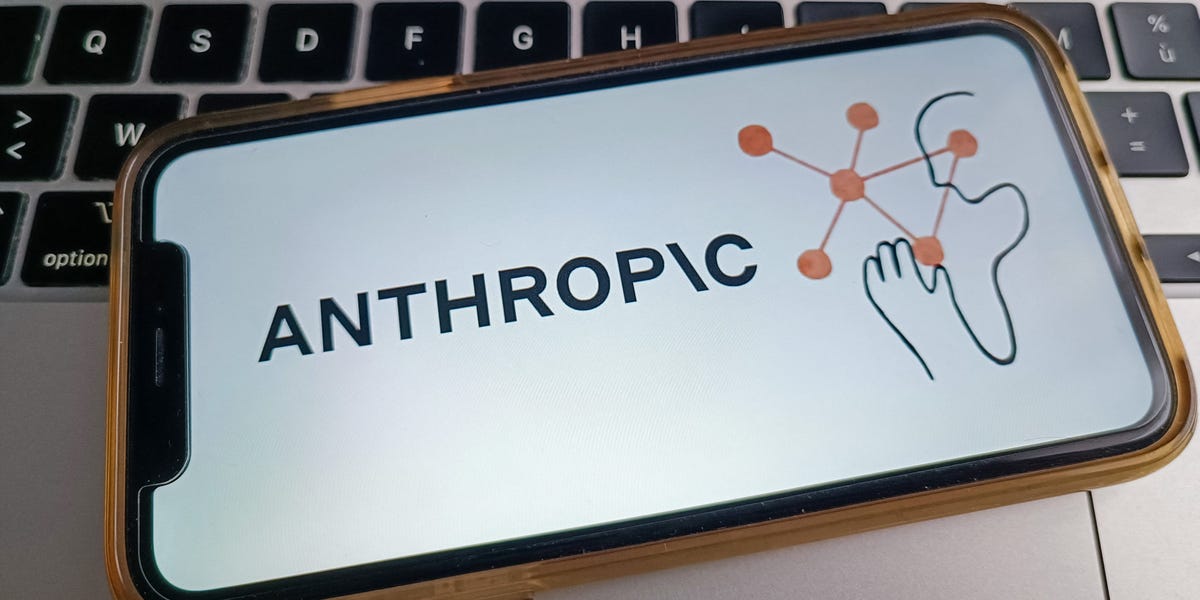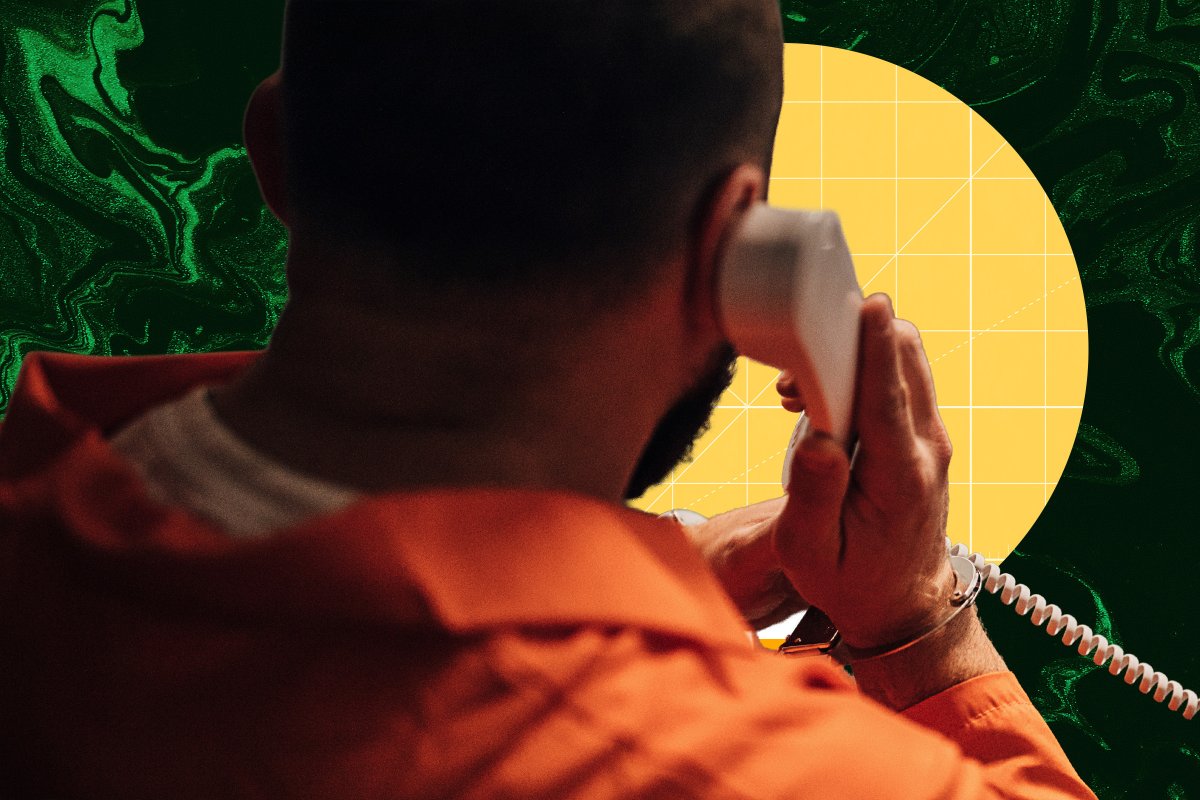(TNS) – Westside Community Schools Superintendent Mike Lucas remembers past debates over whether students should use calculators and the Internet.
He sees a similar debate around artificial intelligence today.
Instead of resisting technology, Westside is working to teach students how to use AI safely to enhance their learning, Lucas said.
“The Internet is here. AI is here. So you can’t spend your time and money fighting it. You’re better off embracing it,” Lucas said.
Over the past year and a half, Westside has taken a two-pronged approach to implementing AI, Lucas said.
First, over the past school year, Westside focused on training teachers in AI and making sure they felt comfortable with the technology.
This school year, Westside is focused on teaching students about AI and finding ways to use it to improve learning, Lucas said.
While some teachers use technology more than others, every Westside middle and high school teacher was required to include at least one statement about AI in their curriculum this year.
Sami Mahan, a student at Westside, says there has been a big change in teachers’ attitudes toward AI between last school year and this year.
Lucas said teachers at all grade levels use the technology for tasks such as homework preparation, while students primarily use it at the middle and high school levels.
Westside junior Sami Mahan has seen a big change in teachers’ attitudes toward AI between last school year and this year.
“Even last year, I think most teachers were completely against AI,” Mahan said. “But this year, it seemed like they were more open to the idea: ‘Hey, you can use AI, but you have to be precise in how you use it and use it responsibly.’”
WESTSIDE SEES BENEFITS FOR STUDENTS AND TEACHERS IN AI
When most people think of students using AI, they probably think of them asking ChatGPT to write an essay for them, Lucas said. This is the kind of use Westside is trying to avoid.
In fact, Westside and some other districts are providing teachers with tools that can detect when something is written using AI.
Instead, Lucas said the district could encourage students to write their own essay draft and use AI to help them strengthen the wording. Or if an article requires five sources, AI could be one of those sources.
“Students are taught that you can’t let AI do the thinking for you,” Lucas said. “They learn to use AI as a source, but not as a sole source.”
The district also encourages teachers to use AI in ways that make their jobs more effective, Lucas said. For example, a teacher could use AI to adapt a reading lesson for different reading levels.
Westside uses Google Gemini as well as other programs like Canva’s AI platform. Google Gemini offers a version designed for K-12 schools that has security measures and complies with federal student privacy laws, Power said.
In addition to safety and security, Westside’s other district AI goals include building AI knowledge, improving staff intelligence knowledge of AI, improving teaching and learning through AI, and creating transparency and community engagement around AI.
Elizabeth Power, Westside’s communications director, said she thinks the district’s clear parameters regarding AI are helpful for families who might be concerned about how AI might affect student learning.
“After conversations with them, I think they feel much better understanding that we’re not telling our students, ‘Go use ChatGPT to understand your assignments.’
STUDENTS SEE THE NEED FOR A BALANCED APPROACH
Westside students said their peers’ use of AI, and in some cases their own, has increased rapidly in recent years.
“A year ago, I didn’t even know what it was,” Lucy Pocras said. “This year I’m using it a lot more.”
Students tend to adapt to new technologies more quickly than their teachers and would likely use AI whether the district allows it or not, Power said. Rather than banning the use of AI altogether, Power said the district’s approach allows for discussion about where and when the technology should be used.
“It’s a dialogue now, instead of something students thought they had to hide,” Power said.
Pocras said she’s glad the district is providing students with guidance on AI, because she’s seen some students get “sucked in” to using AI for everything.
“I think it’s good to keep it a little bit at a distance, because if you use it for everything, it doesn’t do any good,” she said.
Mahan uses AI for things like converting a historical document into easier-to-understand terms or planning a schedule for completing homework. However, Mahan generally tries to avoid using AI.
“I definitely try not to do it, because I feel like it would make me a better student if I didn’t use it and actually tried to learn the information,” Mahan said.
OTHER DISTRICTS ARE STILL EVALUATING THE USE OF AI
While Westside encourages teachers and students to use AI, other Omaha-area districts vary in their degree of adoption of the technology.
Millard Public Schools is moving more toward the use of AI, and students and teachers are welcome to explore AI with guardrails in place, according to the district’s website.
The district has a website outlining approved tools for teachers and students, including Google Gemini and MagicSchool, an education-focused AI tool for teachers and students designed to help personalize instruction.
In Omaha Public Schools, Chief Academic Officer Susan Christopherson said the district has an AI task force that held focus groups with teachers and students last semester in an effort to deepen understanding of AI in education.
Christopherson said OPS is finalizing guidance on the use of AI and a professional development plan.
In Bellevue Public Schools, Assistant Superintendent Robert Moore said some teachers are starting to use AI to help with things like creating assignments and that students may use AI from time to time in the classroom for things like finding the sources of an article.
Moore said the district is also planning training on using AI in the classroom and looking for tools that could help teachers tailor learning for specific students.
What the district can’t do is try to ignore AI, Moore said.
“We’re trying to do the best job we can, given what we currently know, with our students and help them make better decisions,” he said.
© 2025 Omaha World-Herald, Neb. Distributed by Tribune Content Agency, LLC.










